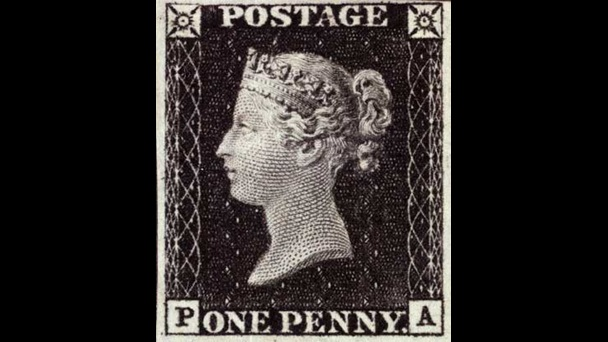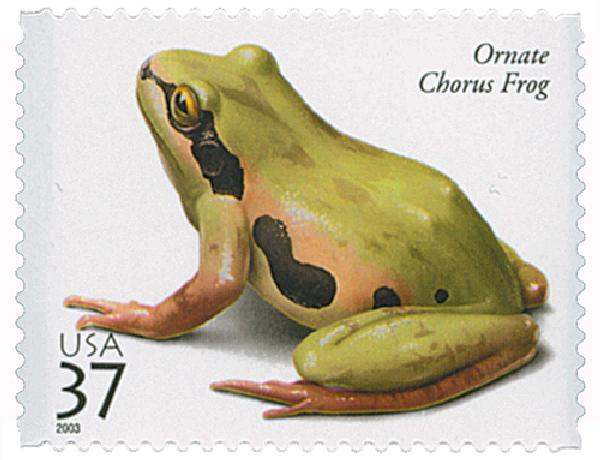In the vast realm of philately, one small piece of paper holds a significant place in history—the world’s first postage stamp. This tiny creation forever changed the way we send mail and revolutionized postal systems worldwide. Join us on a journey back in time as we explore the origins, significance, and enduring legacy of the world’s inaugural postage stamp.
The Birth of an Innovation
In the early 19th century, postal systems faced numerous challenges, including inconsistent rates, complex fee structures, and widespread mail fraud. These issues prompted the need for a revolutionary solution. Enter Sir Rowland Hill, a visionary reformer who conceived the idea of prepaid postage.
The Penny Black: Unveiling a Game-Changer
In 1840, the British government introduced the Penny Black—the world’s first postage stamp. This small, elegant stamp featured an intricate design of Queen Victoria’s profile, denoting its official status. With its uniform price of one penny, the Penny Black marked a groundbreaking departure from the previous postage systems.
The Profound Meaning of the First Postage Stamp

The introduction of the Penny Black brought about practical implications that transformed the postal landscape. For the first time, individuals could send a letter anywhere within the United Kingdom at a standardized cost, regardless of the distance traveled. The stamp’s black cancellation marks ensured that stamps could not be reused, preventing fraudulent activities.
The adoption of the postage stamp concept quickly spread beyond the United Kingdom, revolutionizing postal services worldwide. Countries worldwide followed suit, issuing their own stamps, and philately emerged as a popular hobby. The Penny Black’s rarity and historical significance make it a prized item among collectors, attesting to its enduring legacy.
Evolution of Postage Stamps

Over time, postage stamps underwent significant transformations. Perforations were introduced to facilitate separation, and designs became more varied and intricate. Stamps started featuring national symbols, historical events, and famous personalities, reflecting the diverse cultures and narratives of each issuing country.
In the digital age, some predicted the demise of traditional postage. However, postage stamps continue to hold a special place in our hearts and symbolize tangible connections. They evoke nostalgia, personal touch, and artistic appreciation, making them an enduring and cherished part of the postal experience.
Conclusion
The world’s first postage stamp, the Penny Black, forever altered the course of postal history. Sir Rowland Hill’s visionary concept of prepaid postage transformed the way we send mail and laid the foundation for the modern postal systems we rely on today. The Penny Black’s significance reaches far beyond its small size, representing a powerful symbol of innovation, uniformity, and the enduring allure of philately. As we reflect on the impact of this remarkable invention, we’re reminded of the power of human ingenuity and its ability to shape the world around us.










.png)



